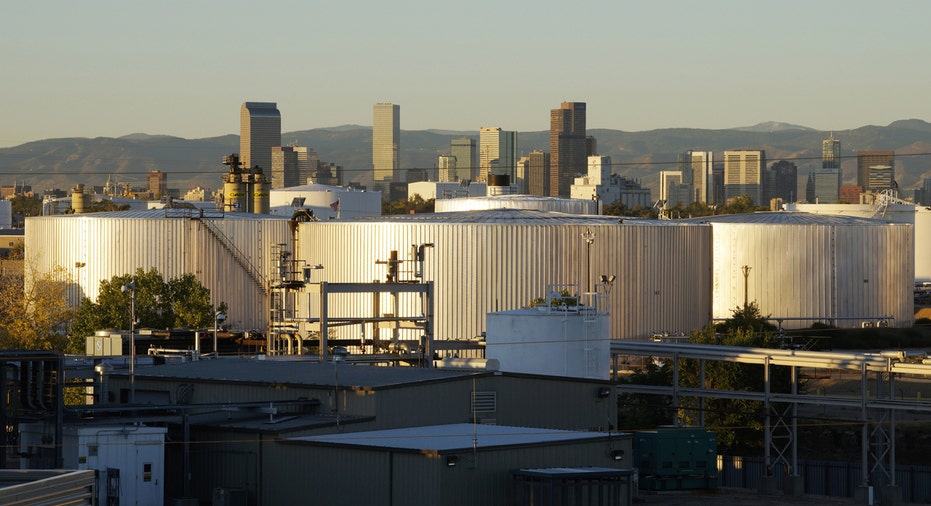Oil Spikes on IEA's U.S. Shale Outlook and Rig Data

Oil prices rose 7 percent on Monday after the world's oil consumer body said it expected U.S. shale production to fall this year and next, potentially reducing the glut in supplies that has cut prices by 70 percent in 18 months.
A bounce in global stock markets and the after-effect of a fall in the U.S. oil rig count last week also supported prices.
International benchmark Brent crude futures <LCOc1> were up $1.68, or 5.1 percent, at $34.69 a barrel at 1501 GMT, while U.S. crude futures <CLc1> surged through the $30 a barrel mark, trading up $2.05, or 6.9 percent, at $31.69 a barrel.
The International Energy Agency (IEA) said in its medium-term outlook on Monday that U.S. shale oil production was expected to fall by 600,000 barrels per day (bpd) this year and another 200,000 bpd in 2017.
This fed into data released late last week that showed U.S. drilling rig numbers had fallen to the lowest level since December 2009.
Global stock markets also bounced on Monday, extending last week's gains and bringing a more upbeat tone to commodity markets.
"Positive sentiment on the stock market and the impact of the lower U.S. rig count gives some support to oil prices," said Hans van Cleef, senior energy economist at ABN Amro in Amsterdam.
Speculators are increasingly betting on a rise in Brent crude prices, weekly data from the InterContinental Exchange showed.
Despite Monday's gains, analysts said market conditions remained weak, especially as demand is slowing.
"The sharp deceleration in demand growth in recent months (especially gasoline) is a key feature of our more bearish view and expectations for a longer rebalancing period," Morgan Stanley analysts said.
"China demand looks particularly challenged with several negative trends of late," they added.
The IEA also said in its report the global oil market would begin rebalancing in 2017.
"Today's oil market conditions do not suggest that prices can recover sharply in the immediate future," the agency said.
In the United States, record crude stocks of 504.1 million barrels were also weighing on markets, countering a proposed production freeze at January levels by Russia and the Organization of the Petroleum Exporting Countries (OPEC).
Russia and OPEC both pumped oil at near-record volumes last month, with Russia reaching another post-Soviet high of 10.88 million bpd.
OPEC member Iraq said on Monday it plans to raise oil output levels to more than 7 million bpd over the next five years, and to export 6 million bpd of that.
Oil production in Iraq hit a record high of 4.775 million bpd in January.
(Additional reporting by Henning Gloystein in Singapore; Editing by Greg Mahlich and David Evans)



















